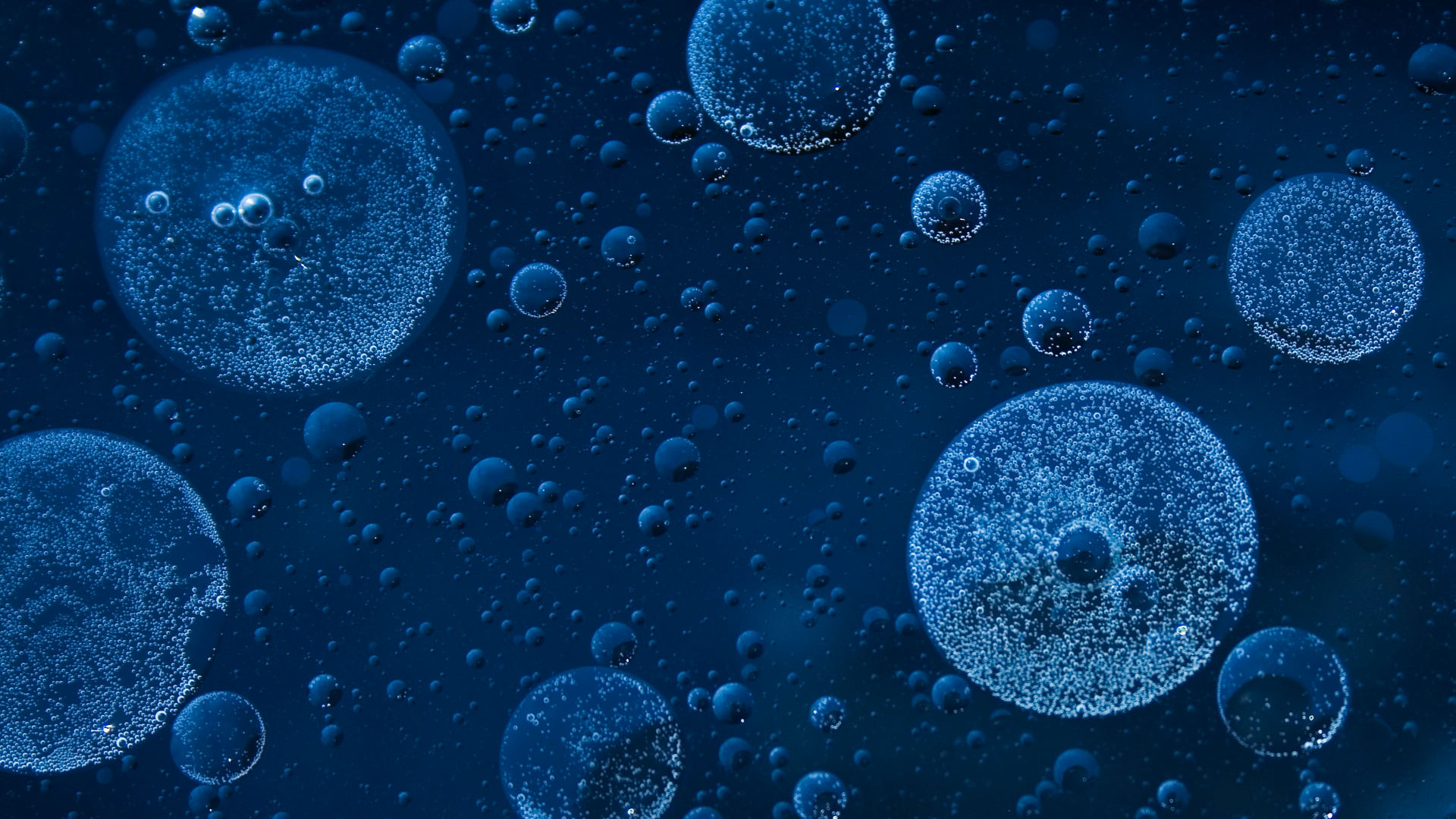Carbon sequestration is largely deemed as a good thing for the climate, but our oceans are becoming more acidic with every metric ton stored. Here’s how technology is helping to balance that.
Geoengineers continue searching for ways to sequester more of our atmosphere’s carbon within the ocean, but as with everything in life, there’s both a ying and a yang.
It turns out nearly a third of all CO2 emissions we create end up in the ocean concealed within deep sea reserves, peatlands, and seagrass. That’s around 140bn tons every year, for context.
While this is obviously good for slowing the immediate warming of our climate, our oceans are becoming increasingly more acidic and that in itself is becoming a problem we’ll have to address.
Thankfully, cohorts of marine biologists and climate innovators are already thinking along those lines.
The known issues with ocean carbon
You’ve likely heard of the Butterfly Effect: the principal that even the smallest occurrence can trigger cataclysmic events. Well, 140bn tons of carbon is hardly inconsequential.
Our oceans have a tremendous ability to absorb emissions as natural bicarbonates. When carbon enters water, a series of chemical reactions break down the gas into hydrogen ions which are known to make the surrounding area more acidic.
This has been proven to harm low dwelling marine life, especially animals with shells such as oysters and mussels. Off the coast of California, scientists have discovered the process is happening twice as fast as the global average.
It’s not just shellfish that are impacted by these chemical imbalances. The usual prosperity of coral reefs and algae is reportedly hindered as their habitat’s PH levels shift.
Already forced to contend with coral bleaching on a mass scale, it’s worrying to know that sequestered carbon – or ‘legacy emissions’ as experts prefer – could also be causing significant complications in our oceans.
So, what exactly are we doing about it?





















